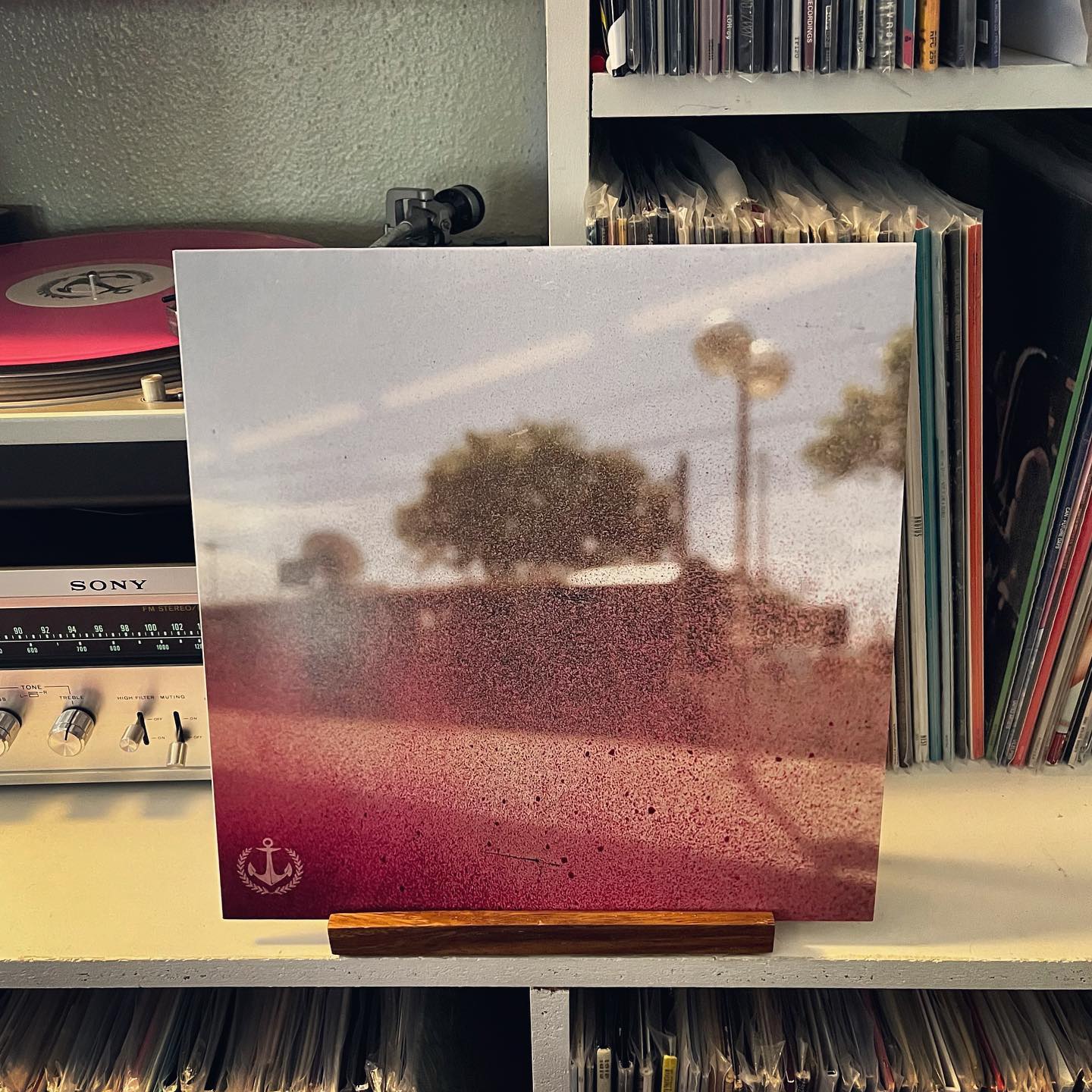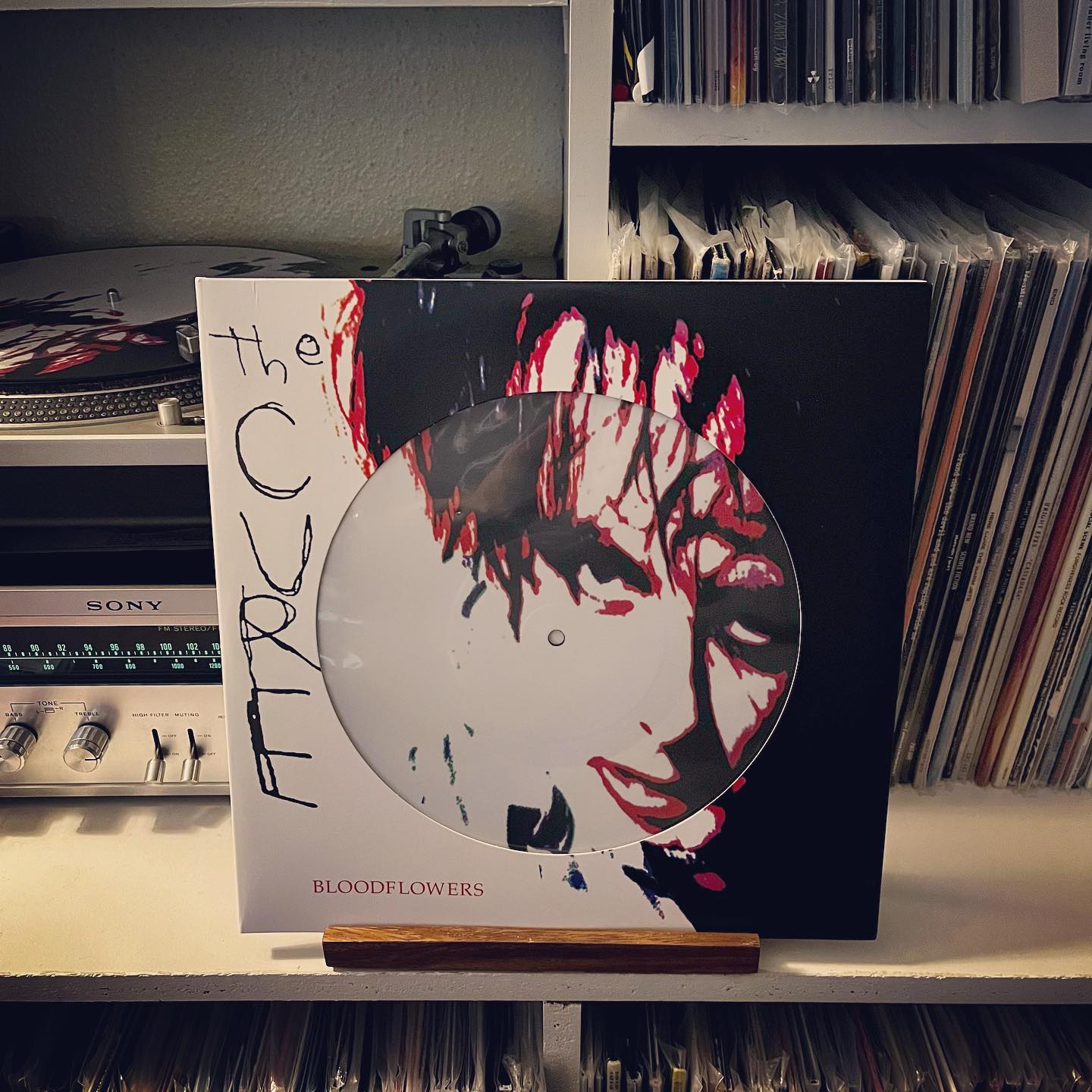
I usually don’t put much stock in compilations. Most of them are cash grabs aimed at casual fans, and as someone who prefers to listen to songs in the context of their album, they offer little value to me.
There are, however, some exceptions. For instance, if a band has released a significant number of non-album singles—especially if those singles were as formative to the band’s career as The Cure’s non-album singles were.
While Standing On a Beach was, in fact, intended to introduce American fans to the Cure’s back catalog after the success of The Head on the Door, it remains the best collection of the singles that had a huge impact on their career despite never appearing on an album—even more than Japanese Whispers or 2001’s Greatest Hits, making it an essential bit of Cure history.
 I’m not sure anything contributed more to my music taste than Deep Elm’s Emo Is Awesome, Emo Is Evil compilation (maybe Songs From the Penalty Box 4, but that’s a different story). Like many a Millennial youth, I grabbed a copy after seeing it next to the register at Hot Topic. I didn’t recognize a single name on the tracklist, but it introduced me to a group of bands that showed just how diverse emo could be, like Red Animal War, Planes Mistaken For Stars, Logh, Benton Falls, the Appleseed Cast (still an all time favorite), and so many more.
I’m not sure anything contributed more to my music taste than Deep Elm’s Emo Is Awesome, Emo Is Evil compilation (maybe Songs From the Penalty Box 4, but that’s a different story). Like many a Millennial youth, I grabbed a copy after seeing it next to the register at Hot Topic. I didn’t recognize a single name on the tracklist, but it introduced me to a group of bands that showed just how diverse emo could be, like Red Animal War, Planes Mistaken For Stars, Logh, Benton Falls, the Appleseed Cast (still an all time favorite), and so many more.
 In the summer of 2005, my
In the summer of 2005, my 
 I’ve spent much of my life trying to fight the idea that the “local” in “local bands” is a polite way of saying “bad.” After all, if they were any good, wouldn’t they have graduated from being local bands, right? We all know the universe unilaterally reward talent with notoriety to a proportional degree, right? Obviously, we know that’s absurd, but the idea persists.
I’ve spent much of my life trying to fight the idea that the “local” in “local bands” is a polite way of saying “bad.” After all, if they were any good, wouldn’t they have graduated from being local bands, right? We all know the universe unilaterally reward talent with notoriety to a proportional degree, right? Obviously, we know that’s absurd, but the idea persists.


